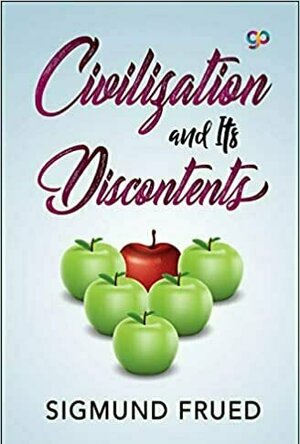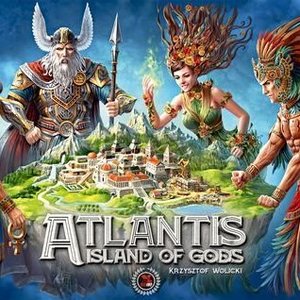
Sweet Baby Girl Doll House
Games and Education
App
Play in a doll house of your dreams and babysit sweet baby girl Katie and her little newborn sister...
Coral Reef Remote Sensing: A Guide for Mapping, Monitoring and Management
James A. Goodman and Stuart R. Phinn
Book
Remote sensing stands as the defining technology in our ability to monitor coral reefs, as well as...

Disc Golf 3D
Games and Sports
App
Welcome to Disc Golf 3D, the finest disc golf game on the Mac, iPhone, iPad, and iPod Touch! Disc...

Civilization and It's Discontents
Book
Civilization and Its Discontents' is one of the last of Freud's books, written in the decade before...

Pony Sisters Pop Music Band
Games and Education
App
Help your virtual pony friends Rosie, Zoe, Britney, Rainbow and a new group member Molly look...

Journal of Renal Nutrition
Medical and Magazines & Newspapers
App
Journal of Renal Nutrition Official Journal of the Council on Renal Nutrition of the National Kidney...

Noddy Toyland Detective - Let's Investigate
Education and Games
App
Join Noddy as Toyland’s most famous detective in an adventure filled with storytelling, learning...

Atlantis: Island of the Gods
Tabletop Game
Before the civilizations that we know of there was a great island, called by contemporary scientists...
Boardgames MythologyGames 2018Games


